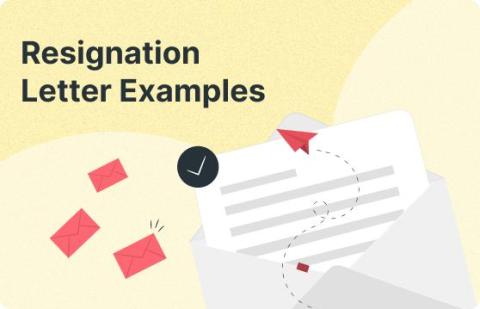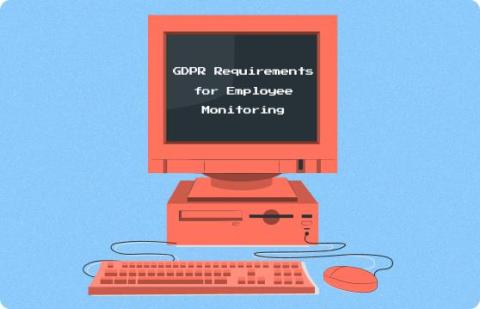The Benefits of Time Blocking: A Guide to Mastering Your Schedule
Time blocking is a powerful productivity technique that helps individuals take control of their time by planning tasks and activities into dedicated blocks. This approach promotes focus, reduces distractions, and fosters a sense of accomplishment. In this article, we’ll explore the concept of time blocking, how it works, its benefits, and ways to overcome potential pitfalls.











